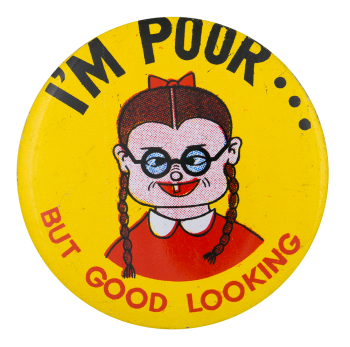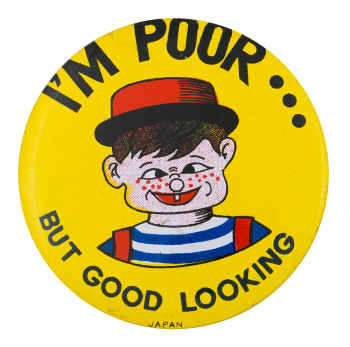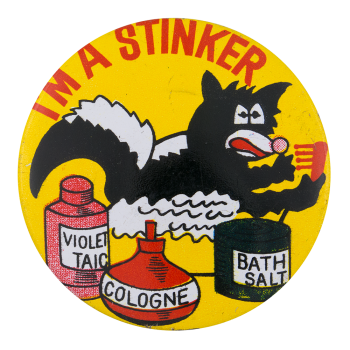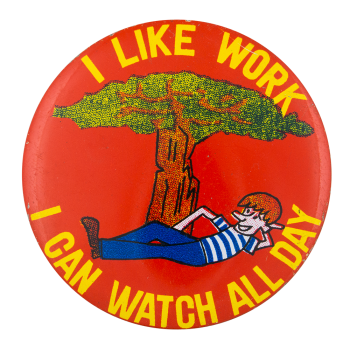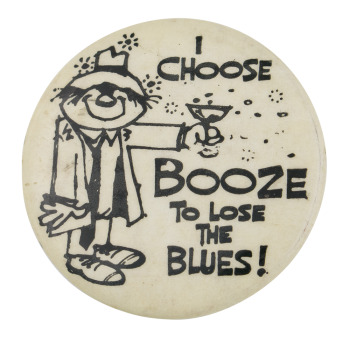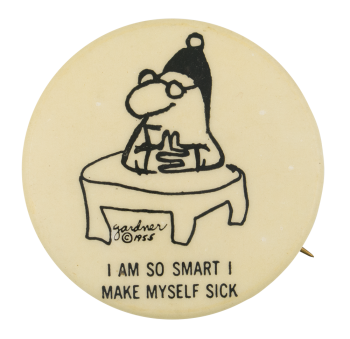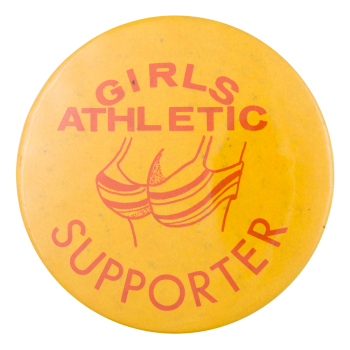National Inventor Day. (2021, February 11). Home Badgeaminit. Facebook. Retrieved October 2, 2025, from https://www.facebook.com/photo.php?fbid=3502949976499706&id=351725691622166&set=a.352651204862948
Bradley, E. (2018, October 23). Vintage pinback market remains vibrant. Kovels Antique Trader. Retrieved October 2, 2025, from https://www.antiquetrader.com/collectibles/pinback-buttons-market-remains-vibrant
Freeman, J. (1974). Say it with buttons. Ms. Magazine. pp. 48-53, 75. Retrieved October 2, 2025, from https://www.jofreeman.com/buttons/saybuttons.htm?utm_
GAA - Girls Athletic Association. (2023). Vintage Kids Clubs Online Museum. Retrieved October 2, 2025, from https://www.vintagekidstuff.com/gga-girls-athletic-association
Hennefeld, M. (2018, April 19). Comedy is part of feminist history—and we need it now more than ever. Ms. Magazine. Retrieved October 2, 2025, from https://msmagazine.com/2018/04/19/comedy-part-feminist-history-need-now-ever/
Women’s Sport Foundation. (2019, August 13). History of Title IX. Retrieved October 2, 2025, from https://www.womenssportsfoundation.org/advocacy/history-of-title-ix
Leng, K. (2016). When politics were fun: Recovering a history of humour in U.S. feminism. 5, 1–21. Synoptique Blog. Retrieved October 2, 2025, from https://synoptiqueblog.wordpress.com/wp-content/uploads/2018/07/2-kirsten-leng-when-politics-were-fun-recovering-a-history-of-humour-in-u-s-feminism.pdf
National Museum of American History. (n.d.). JogBra. Retrieved October 2, 2025, from
https://americanhistory.si.edu/collections/object/nmah_1461433
Smithsonian Institution – Lemelson Center. (n.d.). Inventive minds: Inventors of the sports bra. Smithsonian Institution. Retrieved October 2, 2025, from https://invention.si.edu/invention-stories/inventive-minds-inventors-sports-bra

